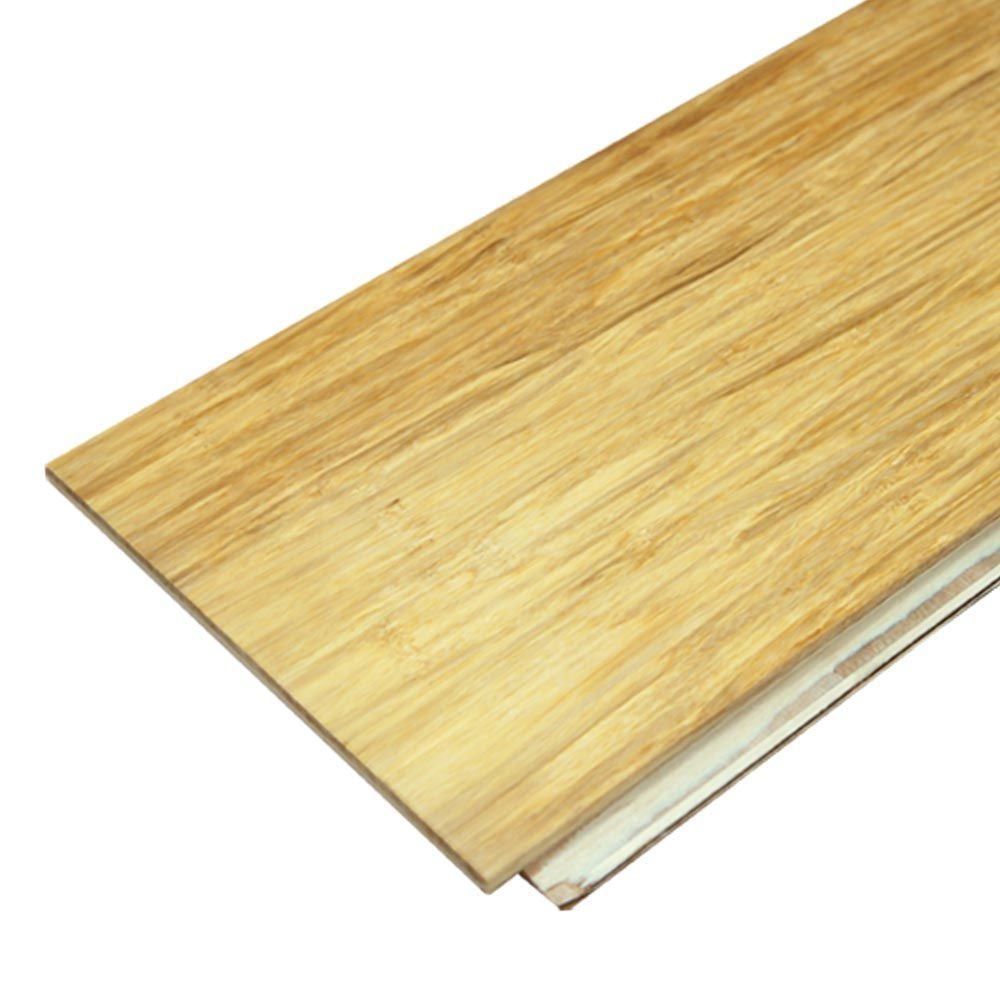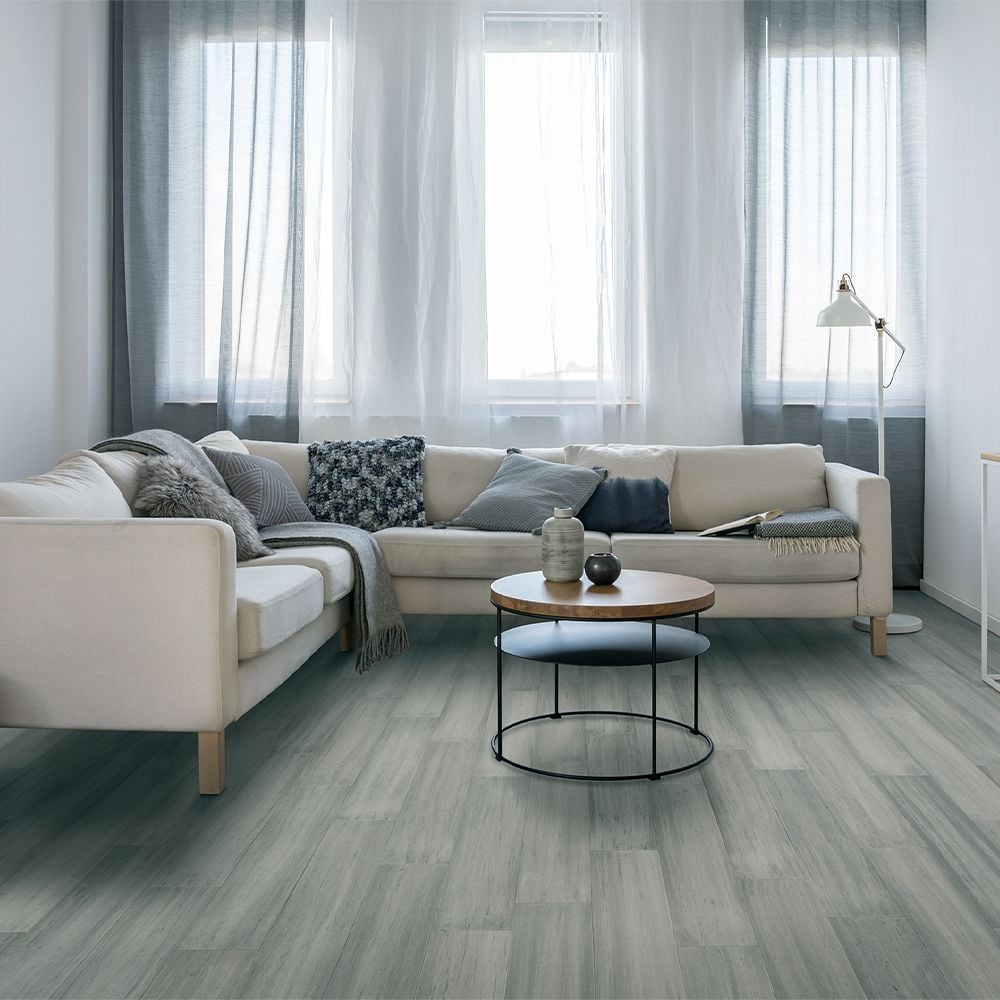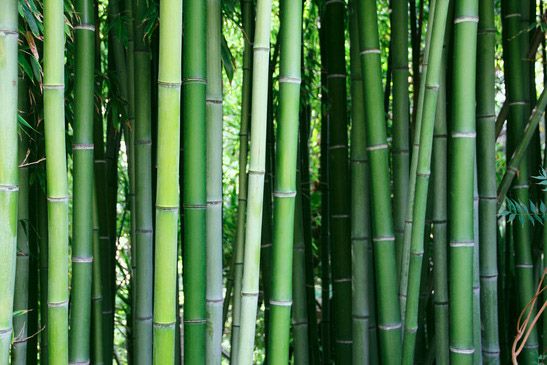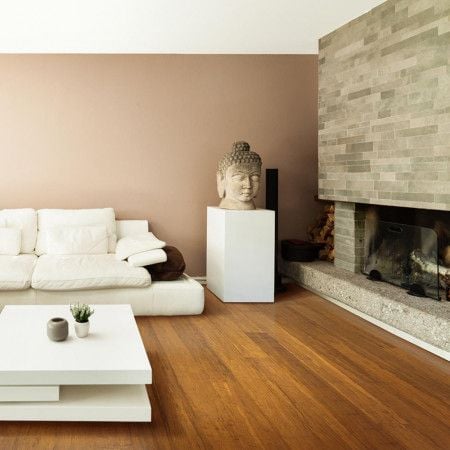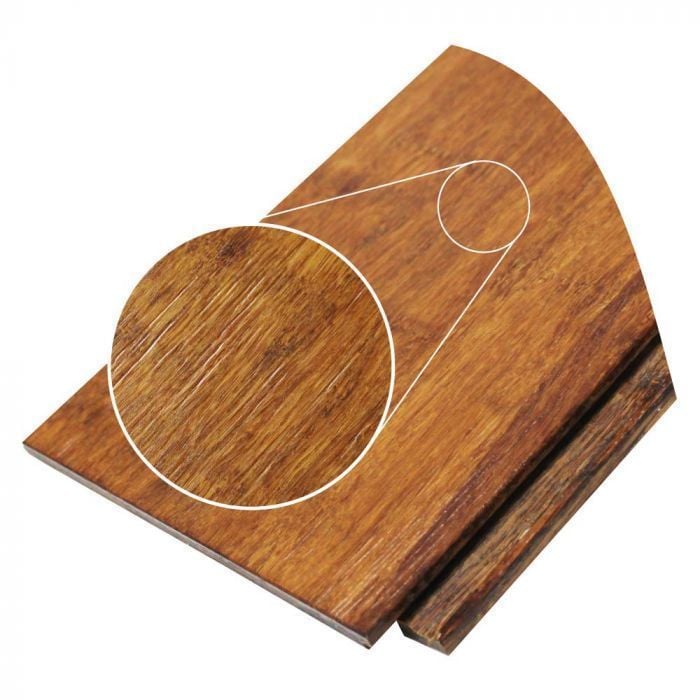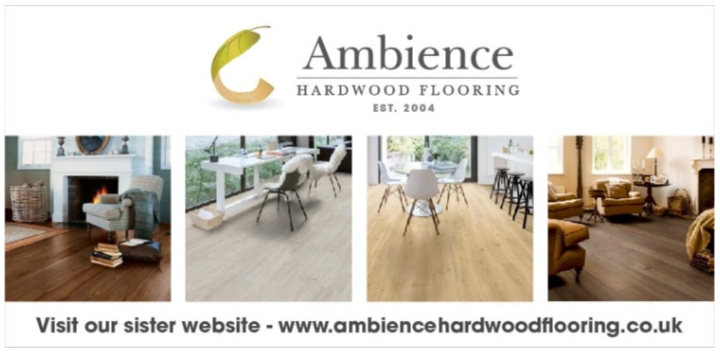Bamboo flooring is different to hardwood flooring. Bamboo is a grass, not a type of wood. This means that the flooring can be constructed in different ways to make different types of bamboo flooring. Bamboo flooring is extremely versatile and durable and stronger than most hardwood alternatives. If you are thinking about having bamboo flooring, you might want to know about the different types available to you:
The different construction types of bamboo flooring
Bamboo flooring is available in both engineered and solid planks of flooring. However, it is not as straight forward as that. The construction types of bamboo flooring depend upon how the bamboo has been used in order to produce the final product. There are three main construction types of bamboo flooring:
Horizontal bamboo - The bamboo has been cut into small, thin strips. These are then dried and glued together horizontally to form the plank of flooring. The fitting profile is added (usually tongue and groove) and layers of lacquer are added to the surface to protect and finish the floor. The end result is a plank of solid bamboo flooring with a wider, more evident grain pattern. 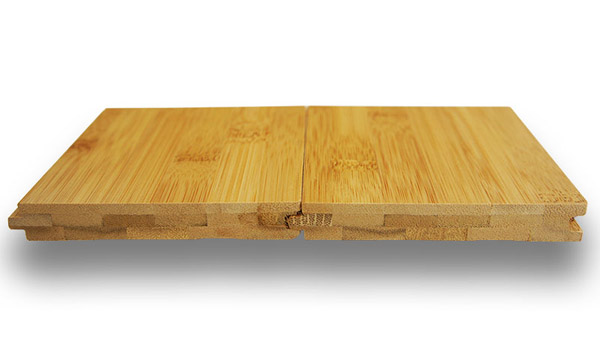
Vertical bamboo – Similar to horizontal bamboo flooring, the bamboo starts by being cut into small, thin strips. Again they are dried but then glued together vertically to form the plank of flooring. The fitting profile is added (usually tongue and groove) by machine and protective layers of lacquer are added to the surface to finish the floor. The end result is a plank of solid bamboo flooring with a thinner, less evident grain pattern.
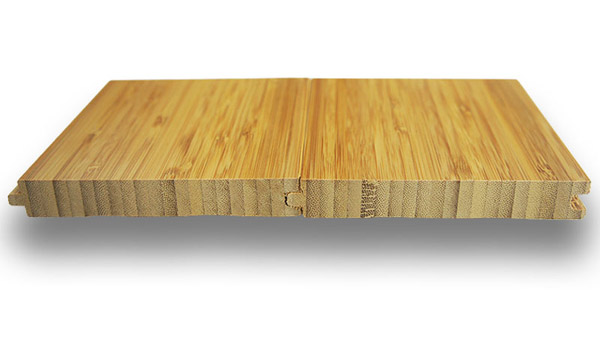
Strand woven bamboo – The bamboo has been shredded in to strands and fibres. These are dried and then compressed together with extreme pressure to form the plank of flooring. The end result is a plank or block of flooring with a random grain pattern. Strand woven bamboo is much stronger and far more versatile than horizontal or vertical bamboo flooring. It can have either a tongue and groove or click fitting profile, is available in different plank sizes and be either solid bamboo or engineered bamboo. 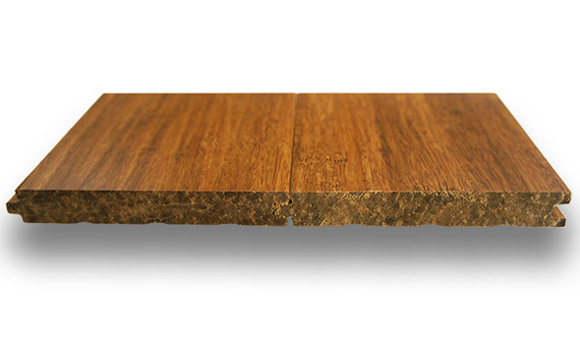
The different profile types of bamboo flooring
You will find three main profiles, or fitting types of bamboo flooring:
Tongue and groove bamboo – This is the more traditional fitting profile of wooden or bamboo flooring. Each plank of bamboo has a long and a short side with a tongue, and a long and a short side with a groove. To install the bamboo you simply fit the tongues and grooves together. If you are floating tongue and groove flooring, you will need to glue the tongues and groove together and leave it loose over the underlay. If, however, you want to fix it to the subfloor then you will also need to use flexible flooring adhesive to adhere it to the subfloor. Tongue and groove flooring is available in horizontal, vertical or strand woven bamboo.
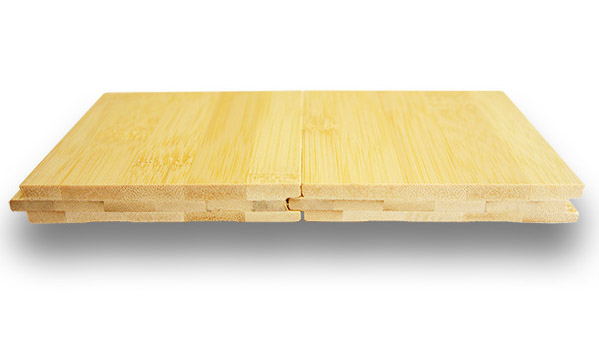
Click fitting bamboo – All of our click fitting bamboo uses the specially designed and easy to use uniclic system. The planks of bamboo simply click and lock together to provide a snug and secure fit. You can either loose lay the flooring over an underlay, alternatively glue it down to the subfloor with flexible flooring adhesive. Click fitting bamboo is only available in strand woven bamboo.
Parquet block bamboo – All of our parquet block bamboo flooring comes with a tongue and groove profile. Parquet block flooring is smaller blocks of flooring as opposed to planks of flooring. The blocks can be used to create beautiful geometric patterns like herringbone and chevron. Bamboo Parquet block must be glued down to the subfloor and is available in strand woven bamboo.
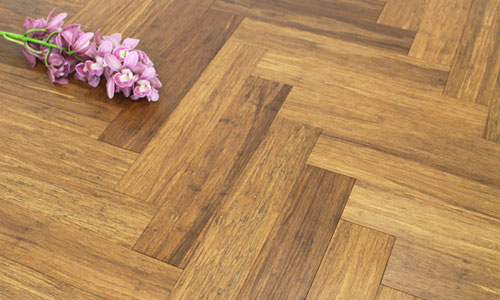
For more detailed advice on how to install bamboo flooring, have a look at our Bamboo Flooring Installation Guide but most of all, contact us.
The different colour options and finishes of bamboo flooring
When bamboo flooring first became popular you only had two choices in colour: natural or carbonised. Natural bamboo is where the bamboo has been left in its original state, which gives blonde and golden tones. Carbonised bamboo has been smoked during the manufacturing process, which turns the bamboo strips or fibres into a coffee brown colour. As times have changed, there are far more options of colour, including stone grey and chestnut brown.
If you want something a little different then you might want to consider our rustic range. The bamboo has been stained with black streak to give it a more rustic feel. As well as deciding a colour for your bamboo floor, you will also need to think about which type of surface finish you might want. A distressed finish can give a textured and authentic feel to the planks of flooring. All types of bamboo flooring are already pre-finished with layers of protective lacquer. This means that the flooring is ready to use as soon as you have finished installing it.
Advantages of bamboo flooring
Bamboo flooring has many advantages, regardless of the type of bamboo flooring you choose. Horizontal and vertical bamboo flooring are both durable and comparable to the strength of Oak flooring. Strand woven bamboo is considerably stronger and has been tested to be over twice as hard as Oak flooring. All types of bamboo flooring are eco-friendly. Because bamboo is a grass, it grows much faster than hardwood therefore can be harvested without the need to replant; bamboo is self-regenerating.
To read more about how bamboo flooring is eco-friendly and sustainable have a look at our article: Is Bamboo Flooring a Green Choice?
You will find all types of bamboo flooring easy to look after and care for. The surface of the flooring has already been protected by layers of lacquer. To look after your bamboo you will need to sweep away any dirt or dust and then clean away any stubborn stains or spills.
Have a look at our Bamboo Maintenance and Care Guide for more detailed information.

